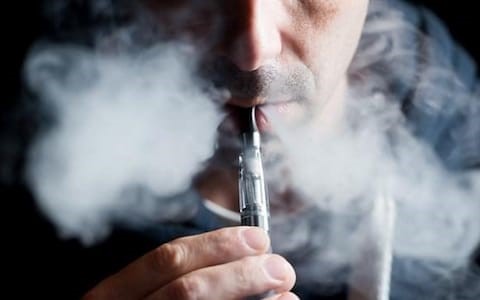- Details
- 757
What Are Date-Rape Drugs?
Date-rape drugs are substances that make it easier for someone to rape or sexually assault another person. They include alcohol and some medications. The person who’s attacked might become confused, have trouble defending themselves, or not be able to remember what happened later.
“Date rape” doesn’t always happen on a date. An attacker could be someone you just met or someone you’ve known for a while.

Common Types of Date-Rape Drugs
An attacker can use several kinds of drugs or medications to overpower someone else or cause them to forget an incident. The most common date-rape drugs are:
- GHB (gamma-hydroxybutyric acid). This is a depressant that has many nicknames: easy lay, Georgia home boy, liquid X, liquid ecstasy, liquid E, grievous bodily harm, Gib, G-riffic, scoop, soap, salty water, organic Quaalude, or fantasy. Doctors sometimes prescribe it to treat a sleep disorder called narcolepsy.
- Rohypnol (flunitrazepam). This is a strong benzodiazepine (a class of tranquilizers) also known as Mexican Valium, circles, roofies, la rocha, roche, R2, rope, and forget-me pill. It’s not available legally in the United States. In other countries, doctors sometimes use it as anesthesia before surgery.
- Ketamine. This is a dissociative drug that makes you feel detached from reality. Its nicknames include Special K, vitamin K, and cat Valium. Doctors and veterinarians use it as anesthesia. Researchers are also studying it in people who have severe depression.
- Alcohol. Many attackers use one of those three drugs along with alcohol. It can boost the medicine’s effects. But alcohol by itself can also keep someone from defending themselves, knowing what’s happening to them, or remembering it later.
Date-Rape Drug Effects
- GHB can make you sleepy, forgetful, or weak. It can also cause seizures, slow heartbeat, slow breathing, and a coma. The effects start in 15 to 30 minutes and last 3 to 6 hours.
- Rohypnol relaxes you. In high doses, it can cause trouble controlling your muscles, amnesia, loss of inhibitions, and loss of consciousness. Its effects usually start within 30 minutes and peak about 2 hours after you take it. As little as 1 milligram can affect you for 8 to 12 hours.
- Ketamine might make you hallucinate or feel woozy. It can also cause an upset stomach, vomiting, high blood pressure, changes in your heart rate, seizures, or a coma. It usually takes effect within 30 minutes and lasts an hour or two. But you could be affected for a day or more.
- Alcohol may make you relaxed, chatty, and confident. As you drink more, your emotions become unstable, and you lose control of your body. Drinking too much can put you in a coma. Alcohol usually enters your brain within a few minutes.
How to Avoid Date-Rape Drugs
A few tips can help keep you safe when you’re out:
- Pour your own drinks. Avoid open containers that could be spiked, like punch bowls. Don’t accept drinks from other people.
- Keep control of your drink at all times. Carry it yourself, even if you have to take it to the bathroom with you.
- Don’t drink anything that tastes strange.
- Stick with your friends. Ask them for help if you start to feel odd



 can be tough on the
can be tough on the 